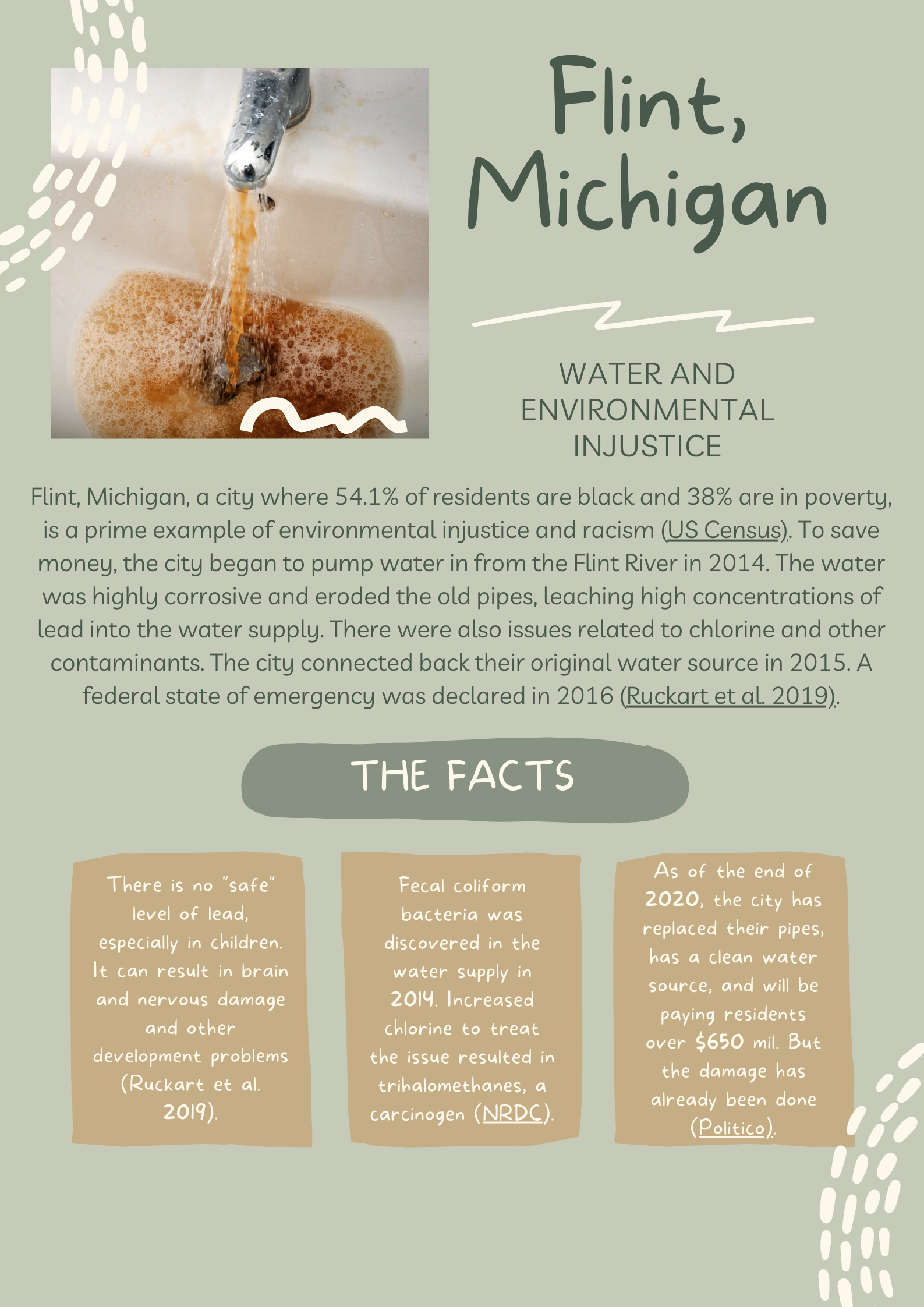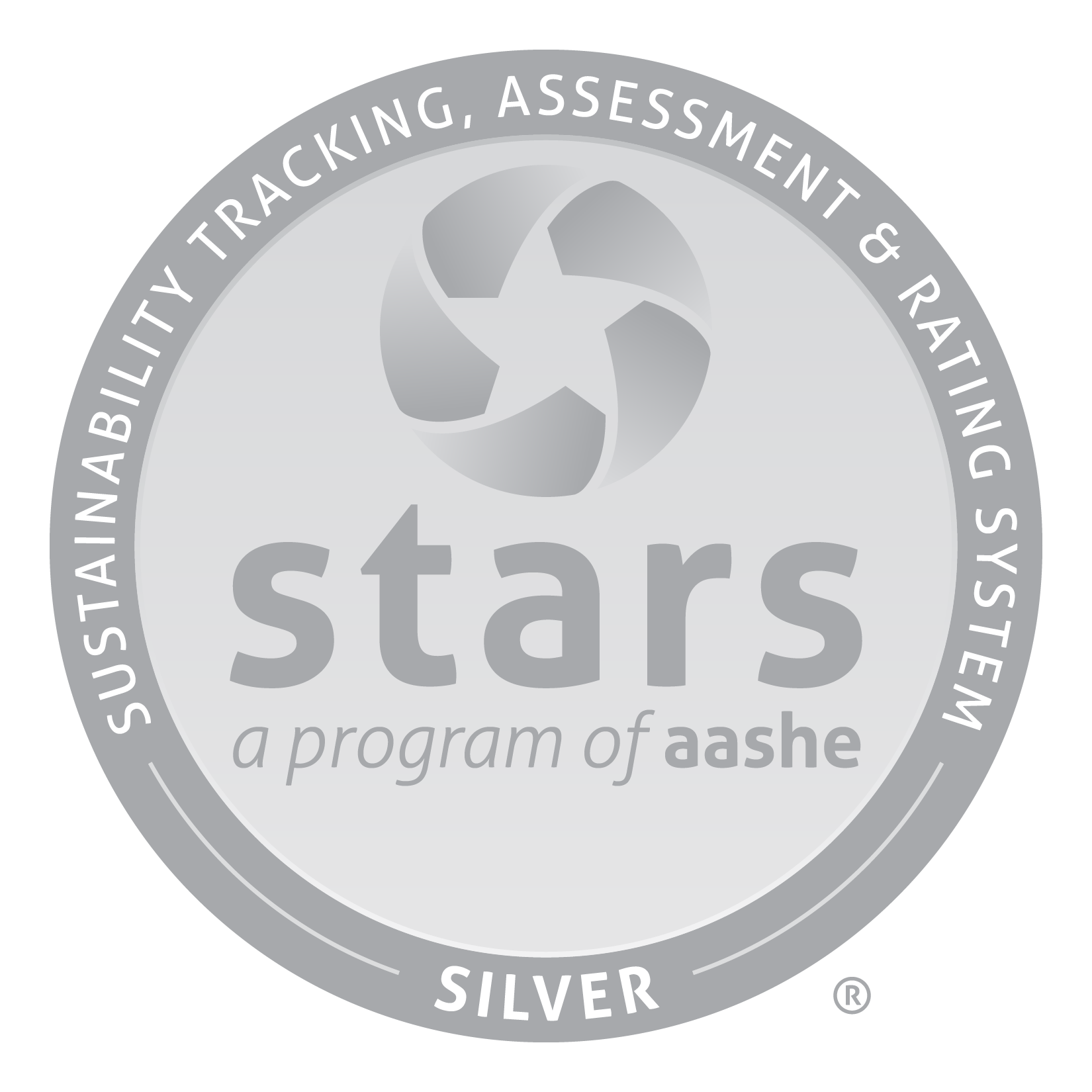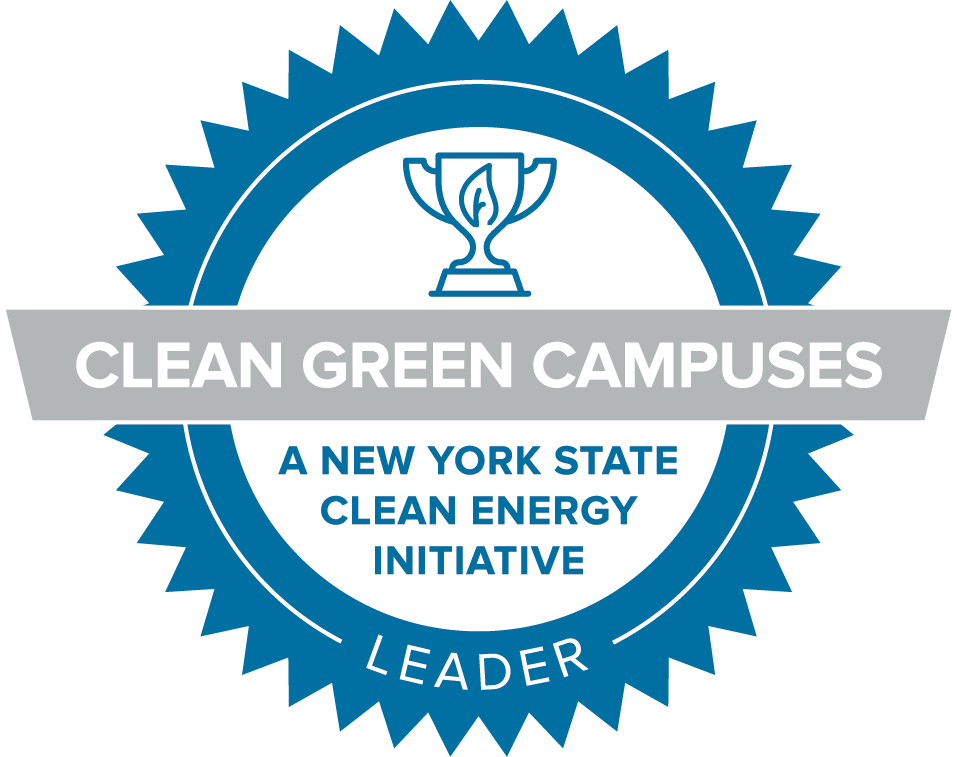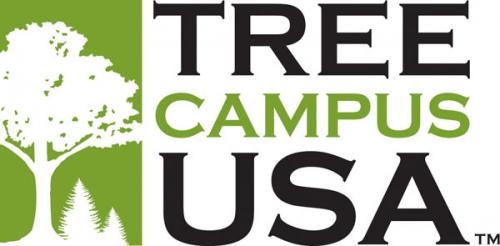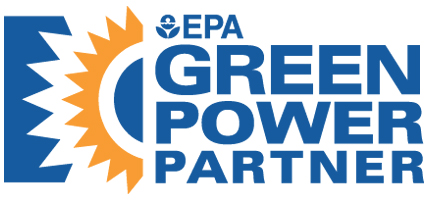Water
The UN’s Sustainable Development Goal of Clean Water and Sanitation focuses on all of the global issues surrounding water availability and sanitation. The goal is to “ensure availability and sustainable management of water and sanitation for all” (UN SDGs). At Skidmore, our goal is to increase water-infrastructure efficiency and reduce overall water use. One of the leading ways to conserve water is to readily repair leaks when they occur. “Dive Deep” into the issue of water availability and sanitation, and learn about how you can save water on campus and in your personal life.
Water, just like food, is something all humans require to survive, and yet there are many issues related to water access and justice. Water availability is defined as the water available from the environment, the demand for water, and human access to it. It also has ties to many issues such as water scarcity, water stress, safe and affordable water access, and access to sanitation services (UNDP).
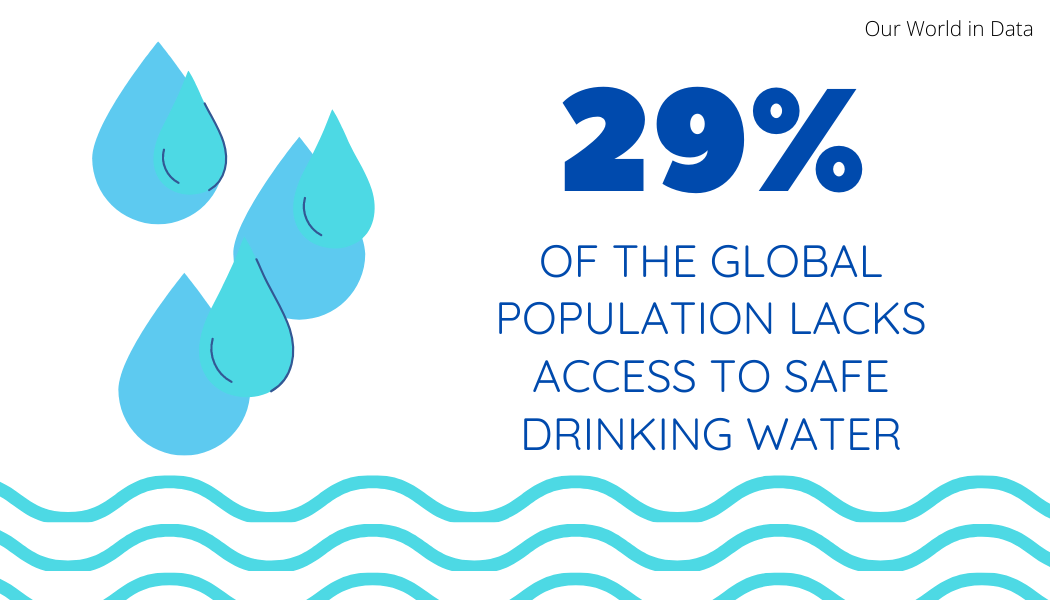
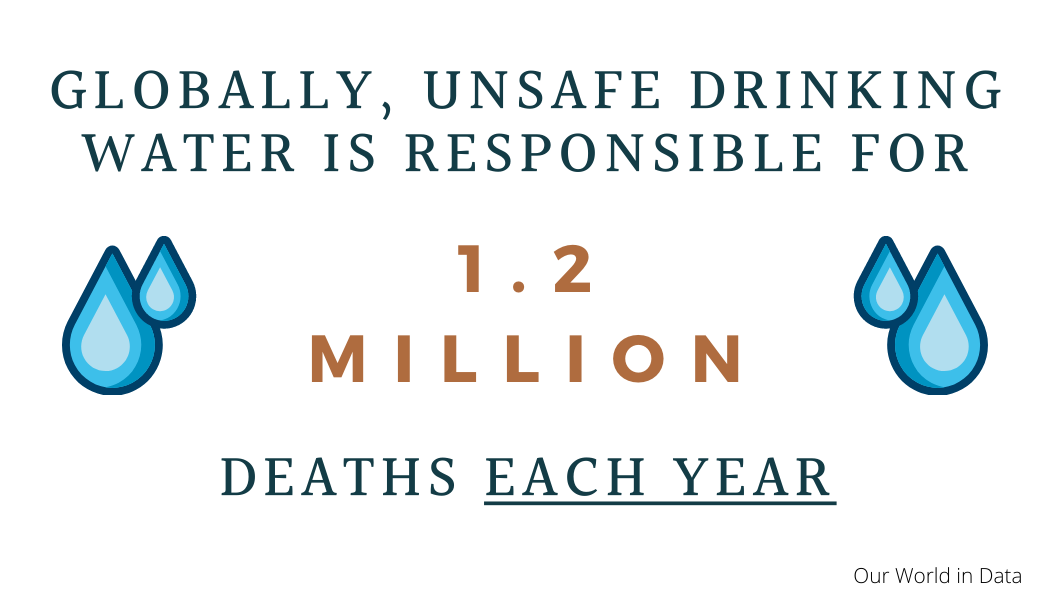
As water usage rises, water is drawn from these underground water pools faster then they can fill back up from surface water seeping down, and so overtime, these sources and their ability to hold water become depleted. It is predicted by the UN that by 2030, with the existing climate change scenario, water scarcity in some arid and semi-arid places will displace between 24 and 700 million people. Furthermore, climate change is going to escalate these issues by increasing global temperature, along with drought and desertification, thus worsening water stress (UNDP).
While water availability is a global issue and affects many people, BIPOC and low-income communities are particularly affected by water scarcity. Specifically, BIPOC and low-income communities are more exposed to water contamination, lack of basic services, and higher, unaffordable utility prices (Food & Water Watch, 2017). Overall, Black and low-income communities experienced higher levels of lead poisoning and other contaminants across the US (Food & Water Watch, 2017). See the Flint, Michigan case study to the right and click for a link to the PDF. On a global scale, contaminated/unsafe drinking water, while it can cause other conditions, is responsible for 1.2 million deaths each year (Our World in Data).
Contrary to the trdy of water access, many of us in the US are privileged to have ready access to clean, drinkable water for cooking, plumbing, and irrigation systems. On average, an American uses 88 gallons of water per day, yet a household can waste 180 gallons per week or 9,400 gallons annually- just from leaks (EPA)! This does not include the water wasted by leaving the faucet on while washing the dishes (10 gallons every 5 minutes) or brushing your teeth (8 gallons per day) (EPA). Overall, some of these waste issues can be solved by installing proper water management systems, such as WaterSense systems, that can save families hundreds of dollars on water usage. These systems apply to landscaping, toilets, showers, and faucets, to name a few (EPA).
Over 90% of Americans get their tap water from a community water system, which is regulated by federal safety guidelines (CDC). Tap water in New York is also heavily regulated by the state, and Saratoga Springs itself runs annual tests for contaminants and chemicals which are published online (Saratoga Springs). Considering appalling cases like Flint, Michigan, there are many communities that need a bottled water alternative to their tap, but for those who have safe tap systems, bottled water is unnecessary.
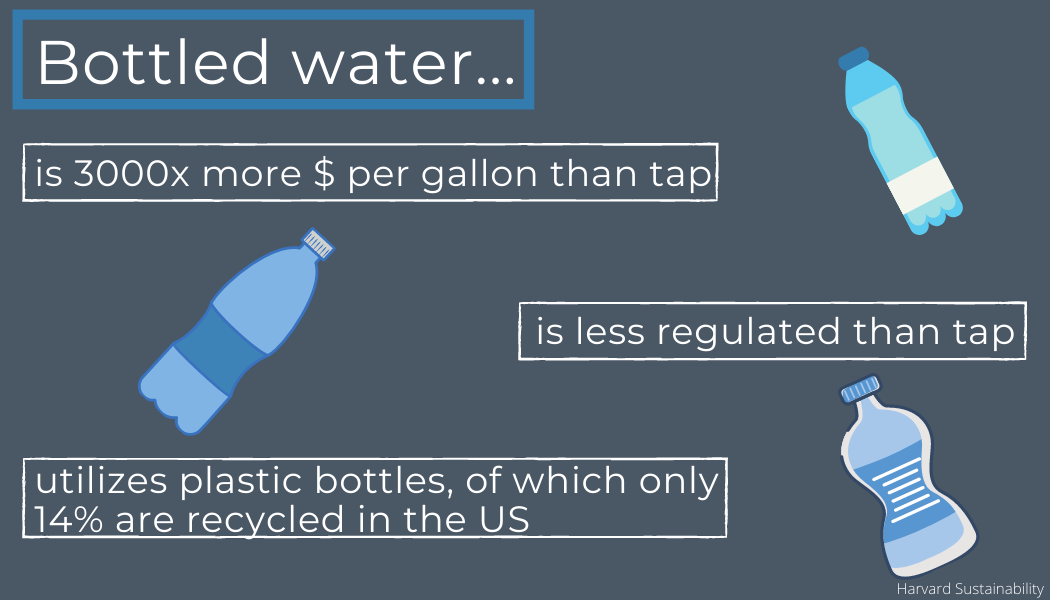
Bottled water is 3,000 times more expensive per gallon than tap water, and actually tends to have less testing and quality monitoring than tap water (Harvard Sustainability). It can take up to 17 million barrels of oil to produce the plastic required to make enough water bottles to meet the annual American demand for bottled water (Harvard Sustainability). The oil extration for these bottles causes environmental harm and emits greenhouse gases which contribute to climate change. After being used, the bottles are thrown away, and around 86% of bottles become garbage or litter, even though they can be recycled (Harvard Sustainability).
Overall, it is important to be aware of the impact of single-use plastic water bottles, while also recognizing the human right to free and safe drinking water and the ongoing need for water infrastructure improvements in communities across the US.
With current projections, water availability is going to continue to become more limited as we drain the world’s freshwater supply. And, like we see now, the lack of water is most likely to affect marginalized communities, further oppressing these groups. We are taking steps at Skidmore to responsibly manage our water consumption, and below we offer strategies that we as individuals can integrate into our lives and into our communities!
Many buildings have low-flow faucets and shower heads installed, but leaks are still
the leading cause for excess water use. Skidmore more has implemented 35 water bottle
refill stations on campus to decrease the need of single use water bottles. Here’s
how you can take action: 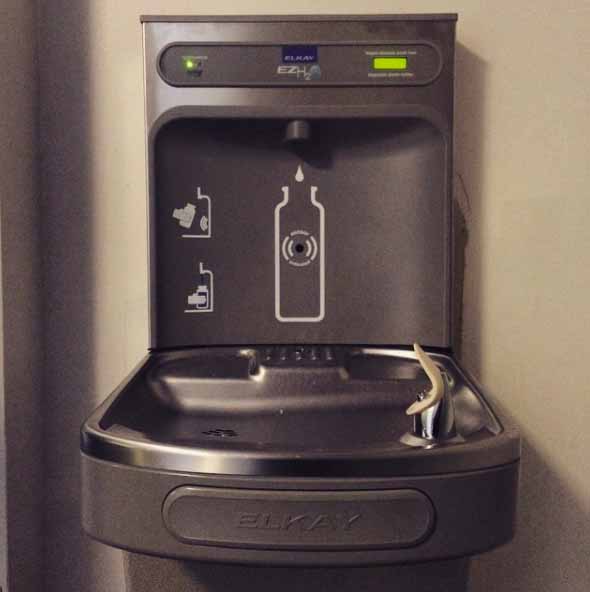
- Report leaky faucets, toilets, and showers to Facilities with a work order for prompt repair
- Use a reusable water bottle
- Use the water bottle refill stations
- Try to only run full loads of laundry
- Try to shorten your showers
- Turn the faucet off while brushing your teeth
Tips for Living In ResHalls
- Most residence halls have at least one water bottle refill station. Ask your RA if you don’t know where it is!
Tips for Living In Apartments & Off-Campus
- Instead of purchasing bottled water, try buying water filters! There are filter models that screw on to your tap and pitcher-style filters that you can keep in your refrigerator.
- Using the dishwasher only when it is full will save more water than hand washing (EPA).
- If you need water for your plants or yard, consider installing a rain barrel to capture runoff from your roof to reuse.
- Saratoga’s natural mineral springs have long been celebrated by Native Americans for their mineral content and healing properties. Into the 19th century, spas like the Lincoln Baths were built to attract wealthy New York City residents to vacation here. The iconic Saratoga Water, bottled in blue glass, started here in Saratoga Springs in 1872. Learn more about the history of the springs at Saratoga.com.
- Take a taste of Saratoga's springs yourself at State Seal Spring in Saratoga State Park. While some springs in Saratoga have a very unique state (yes, some are a bit gross), State Seal Spring in Saratoga State Park is known for being delicious! You can go and fill up big jugs of water for free.
